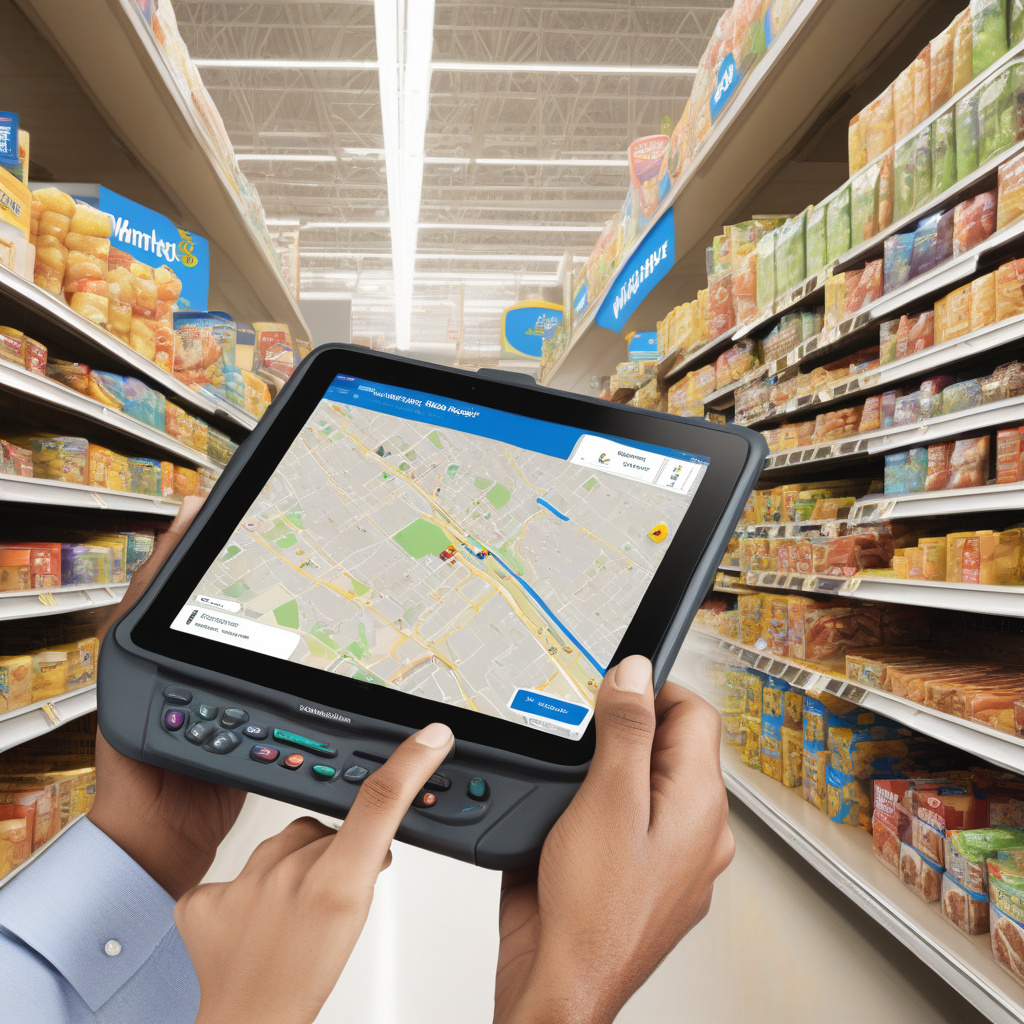Walmart Harnesses Geospatial Technology to Revolutionize Delivery Services
In a significant move that highlights its commitment to innovation, Walmart has announced the integration of geospatial technology into its delivery operations. This cutting-edge approach aims to redefine the retailer’s delivery maps, ultimately expanding both the channel’s reach and accessibility.
Geospatial technology utilizes geographic information systems (GIS) and data analytics to provide insights based on location. For Walmart, this means a more efficient delivery process that can adapt to the ever-changing landscape of consumer demands. As e-commerce continues to grow, driven by the pandemic’s long-lasting effects, retailers must find ways to optimize logistics and remain competitive. Walmart’s investment in geospatial tech is a strategic response to this challenge.
One of the core advantages of employing geospatial technology is the ability to analyze vast amounts of data related to delivery routes, customer locations, and even traffic patterns. By harnessing this information, Walmart can develop optimized delivery routes that reduce travel time and costs. For example, instead of a one-size-fits-all approach, the retailer can tailor its delivery services to specific neighborhoods, adjusting for factors such as population density and order volume.
A prime illustration of this innovation can be seen in Walmart’s recent partnership with tech firms specializing in GIS solutions. By collaborating with these experts, Walmart can access advanced mapping tools that allow for real-time updates. This means that if a road is closed due to construction or an unexpected weather event, the delivery system will automatically reroute drivers to ensure timely deliveries. Not only does this improve customer satisfaction, but it also enhances the efficiency of the delivery workforce.
Furthermore, geospatial technology enables Walmart to conduct more precise market analyses. By understanding where demand is highest, the retailer can strategically position its distribution centers. This optimization is critical, as it reduces the distance between warehouses and customers, leading to faster deliveries. For instance, if a particular area sees a spike in online grocery orders, Walmart can adjust its logistics to ensure that stock levels are sufficient and delivery times are minimized.
In addition to enhanced logistics, geospatial technology opens up new opportunities for personalized marketing. Walmart can utilize location data to send targeted promotions to customers based on their geographic area. If a customer frequently orders from a specific store, they can receive customized offers for products available at that location. This not only increases sales but also fosters a stronger connection between the customer and the brand.
The implications of Walmart’s geospatial tech integration extend beyond delivery efficiencies. As sustainability becomes a focal point for consumers and businesses alike, optimizing delivery routes means reducing the carbon footprint associated with transportation. By minimizing travel distances and avoiding congested areas, Walmart can contribute to a greener future.
In a broader context, Walmart’s move towards geospatial technology sets a precedent for the retail industry. Other retailers may be prompted to explore similar innovations to stay competitive. The push for enhanced delivery capabilities is not limited to giants like Walmart; smaller businesses can also leverage geospatial technologies to improve their operations and customer experiences.
While the initial investment in geospatial technology may seem daunting, the long-term benefits far outweigh the costs. As consumer expectations evolve, retailers must prioritize innovation to meet these demands. Walmart’s proactive approach serves as a model for businesses looking to enhance their operations through technology.
In conclusion, Walmart’s adoption of geospatial technology represents a significant advancement in the retail sector’s delivery capabilities. By optimizing routes, enhancing market analyses, and personalizing customer interactions, Walmart is setting a new standard in e-commerce logistics. As this technology continues to evolve, it will undoubtedly shape the future of retail delivery, making it more efficient, sustainable, and customer-centric.
geospatialtechnology, retailinnovation, Walmartdelivery, ecommercesolutions, logisticsoptimization
